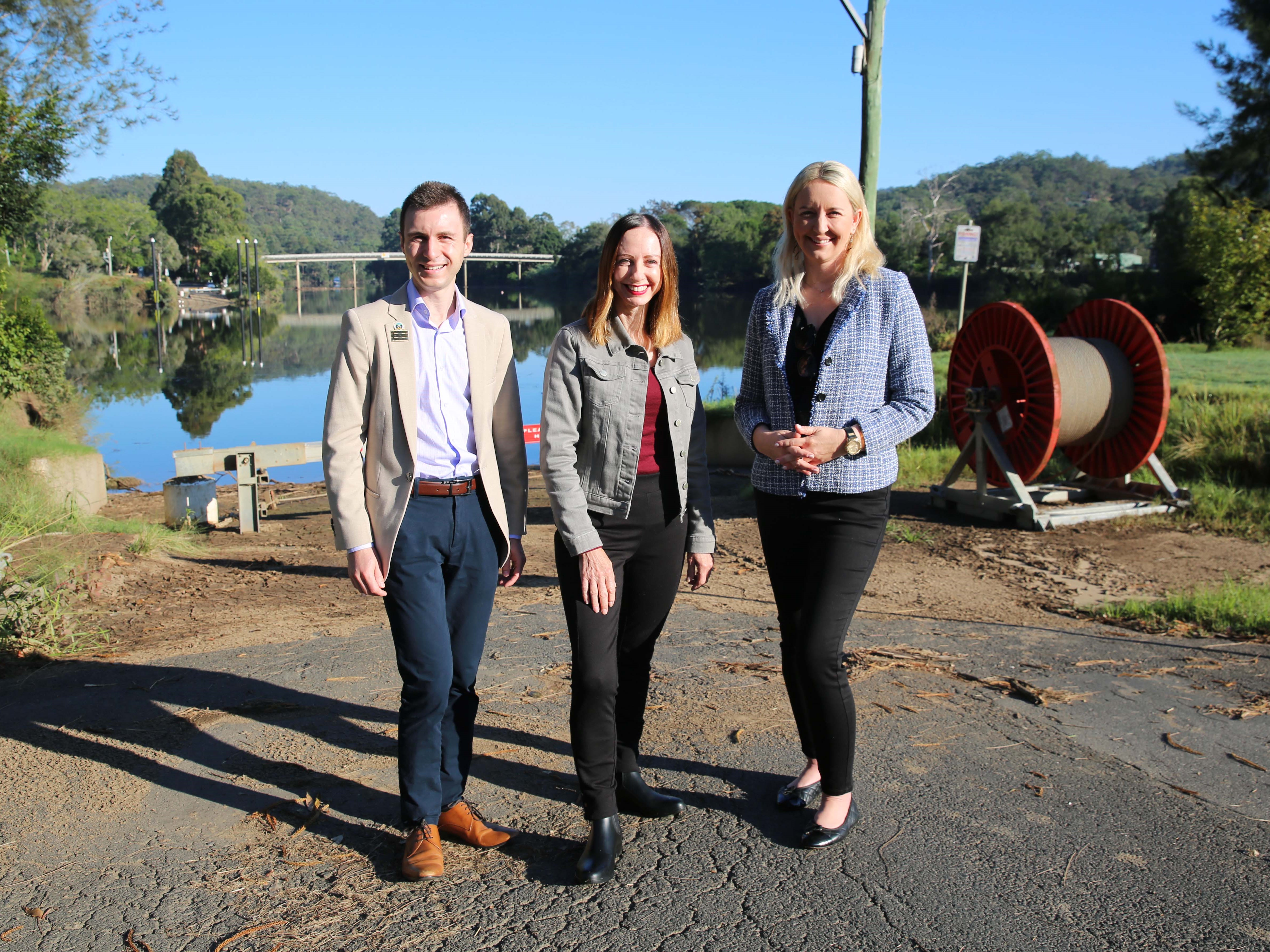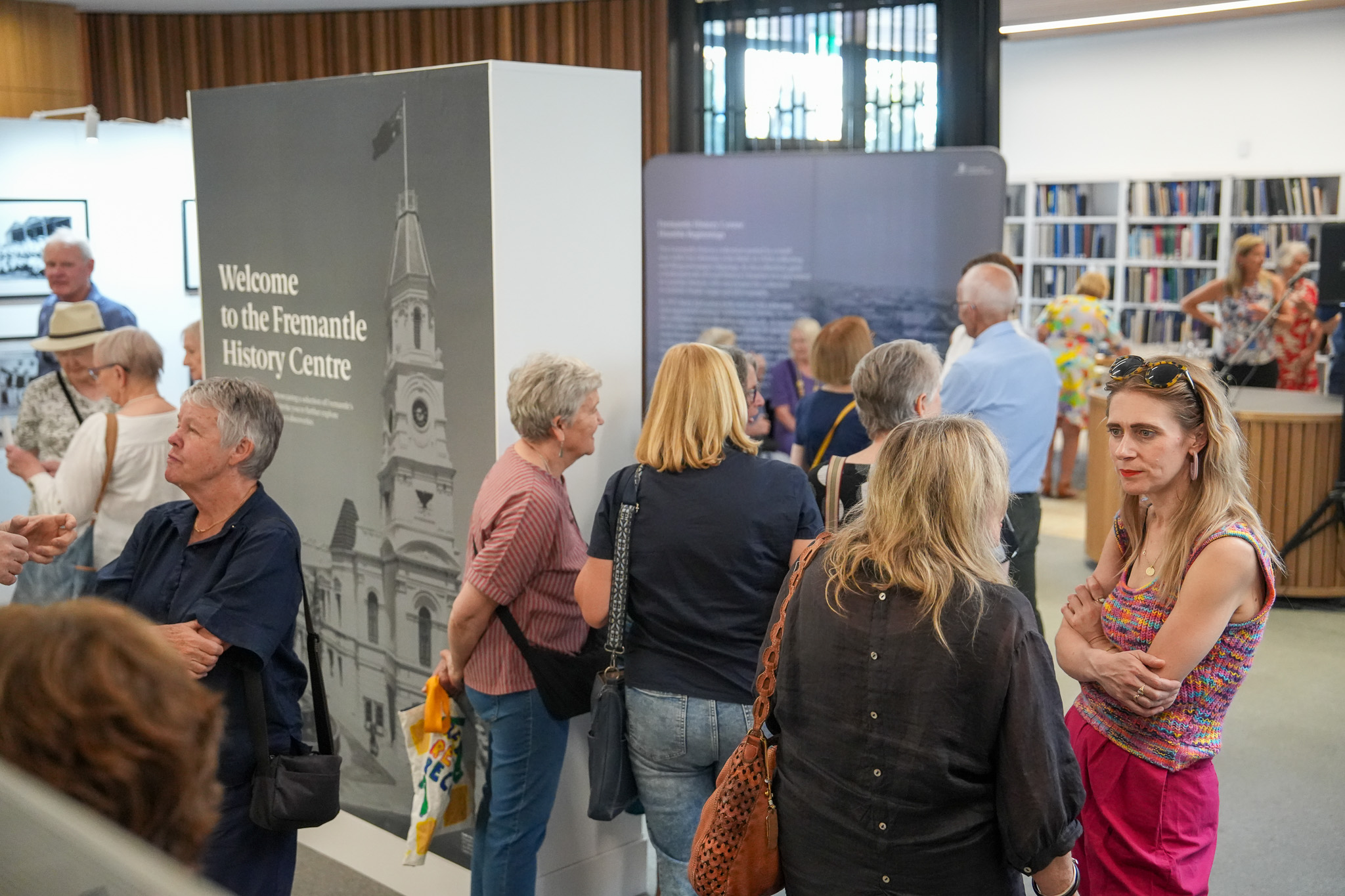As we move into the pasture growing season for northern NSW, North Coast Local Land Services encourage farmers to keep on the lookout for signs of pasture dieback.
Pasture dieback is a condition that kills sown and native summer growing pastures. It was confirmed in the Tweed Valley in March 2020. So far, all reports in NSW have been on the Far North Coast with two recent confirmations north of Kyogle in early October, however, producers across northern NSW should be looking out for the condition.
Nathan Jennings, Senior Land Services Officer – Agricultural Advice with North Coast Local Land Services said ‘Farmers need to keep a close eye on their sown and native summer growing grasses to make sure it’s growing as you would expect at this time of year relative to seasonal conditions and soil fertility’.
Symptoms of pasture dieback on grasses include;
- Yellowing, reddening and purpling starting at the tip and moving along the leaf blade
- Stunted and unthrifty plants with fewer leaves and tillers
- Patches of discolouration less than one to several square metres in size
- A rapid increase in the size of the infected area particularly after rain
- Grasses die, and remaining plant material easily crumbles when handled
- Broadleaf weeds and legumes colonise patches where grasses have been killed
Landholders should watch for these symptoms especially after significant rainfall.
‘These symptoms can also be associated with a range of other factors such as mineral deficiency, moisture stress or waterlogging, herbicide damage, or insect pests. So, it is important to eliminate these before assuming it’s pasture dieback.’ Said Nathan
Sarah Baker, Development Officer Pasture Systems NSW Department of Primary Industries, said, ‘Research indicates pasture dieback is most likely caused by a complex interaction of multiple agents and factors, rather than a single agent. Research is ongoing into the causes of the condition.’
The premature death of pastures can lead to feed shortages, low ground cover and weed problems. For livestock producers, maintaining a feed base for stock is the primary concern and suitable options will depend on the type of country, the number of cattle, and the financial position of the farm.
‘Sowing broadleaf forages into dieback areas is the most logical option for those with arable land. Plant species available include legumes, herbs and brassicas, but their suitability and management on your farm will need to be considered.’ Said Nathan
‘We do not recommend re-sowing perennial grasses into dieback affected areas as all summer growing perennial grass species commonly sown in NSW are susceptible to pasture dieback,’ said Sarah.
North Coast Local Land Services and NSW DPI are working together to find solutions for managing pasture dieback in NSW.







